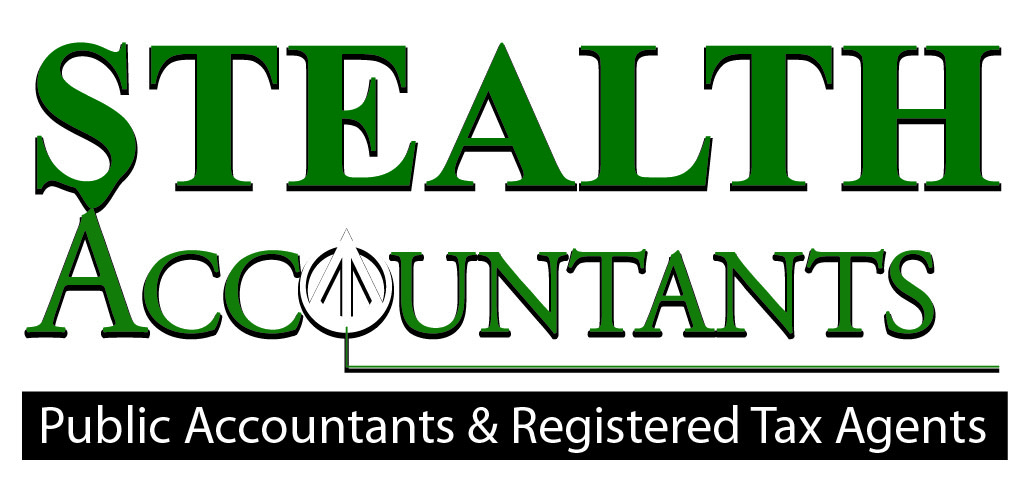Partnership Tax Return
At Stealth Accountants, rest assured that your partnership tax returns are submitted accurately and punctually. Our experienced tax agent team ensures ATO-compliant lodgement, minimizing the risk of ATO complications. Moreover, we offer personalized advice aimed at reducing tax expenses. With years of expertise in assisting small businesses with their tax affairs, trust us to handle your partnership tax matters efficiently and effectively.

Partnership Tax Return
At Stealth Accountants, rest assured that your partnership tax returns are submitted accurately and punctually. Our experienced tax agent team ensures ATO-compliant lodgement, minimizing the risk of ATO complications. Moreover, we offer personalized advice aimed at reducing tax expenses. With years of expertise in assisting small businesses with their tax affairs, trust us to handle your partnership tax matters efficiently and effectively.
At Stealth Accountants, our partnership tax return service meticulously prepares and files tax returns for partnership businesses. We consult to understand your partnership’s structure, income, and expenses. Our experts gather and review all financial documents, identifying deductions and credits to minimize tax liability. We ensure compliance with tax laws, mitigating audit risks. Upon finalization, we electronically submit your return to the Australian Taxation Office. Our ongoing support includes addressing inquiries and concerns post-filing. Trust Stealth Accountants for efficient partnership tax management, enabling you to focus on business growth with confidence.
Here’s a step-by-step guide to preparing a partnership tax return with Stealth Accountants:
- Gather Financial Information: Collect all relevant financial documents, including income statements, balance sheets, bank statements, expense records, asset registers, and any other financial records pertaining to the partnership.
- Review Partnership Agreement: Examine the partnership agreement to understand how income, expenses, and tax obligations are allocated among the partners.
- Organize Financial Records: Ensure that all financial records are organized and categorized correctly to facilitate accurate reporting and compliance with Australian tax laws.
- Prepare Business Activity Statements (BAS): If applicable, ensure that the partnership has lodged its Business Activity Statements (BAS) for the relevant reporting periods.
- Complete Partnership Tax Return (Form P&L): Prepare the partnership tax return using the appropriate form provided by the Australian Taxation Office (ATO). The main form used for reporting partnership income and deductions is the Partnership and Trust Income (Loss) Schedule (Form P&L).
- Enter Income and Deductions: Report the partnership’s income, deductions, credits, and any other relevant financial information on Form P&L. This may include income from sales, services, investments, and other sources, as well as deductible expenses such as salaries, rent, utilities, and depreciation.
- Calculate Taxable Income: Calculate the partnership’s taxable income by subtracting deductible expenses from total income. Partnerships in Australia are generally not subject to income tax at the entity level; instead, each partner is taxed on their share of the partnership’s net income.
- Distribute Net Income: Allocate the partnership’s net income among the partners according to the partnership agreement and the ATO’s guidelines for partnership taxation.
- Prepare Individual Tax Returns (if applicable): Provide each partner with the information they need to complete their individual tax returns, including their share of the partnership’s net income and any other relevant tax information.
- Review for Accuracy: Carefully review the partnership tax return for accuracy and completeness, ensuring that all income, deductions, and other financial details are reported correctly.
- Submit Tax Return: Lodge the partnership tax return with the ATO by the due date. The due date for lodging partnership tax returns in Australia is generally October 31st, although extensions may be available in certain circumstances.
- Pay Any Tax Owed: If the partnership owes tax, ensure that the tax liability is paid to the ATO by the due date to avoid penalties and interest charges.
- Maintain Records: Retain copies of all tax filings, financial records, and supporting documents for record-keeping purposes and potential future audits.
- Seek Professional Advice: Consider seeking advice from Stealth Accountants tax professional to ensure compliance with Australian tax laws and optimize tax planning strategies for the partnership.
By following these steps and working closely with Stealth Accountants, you can ensure that your partnership tax return is prepared accurately and in accordance with Australian tax regulations.
Our Affiliation









